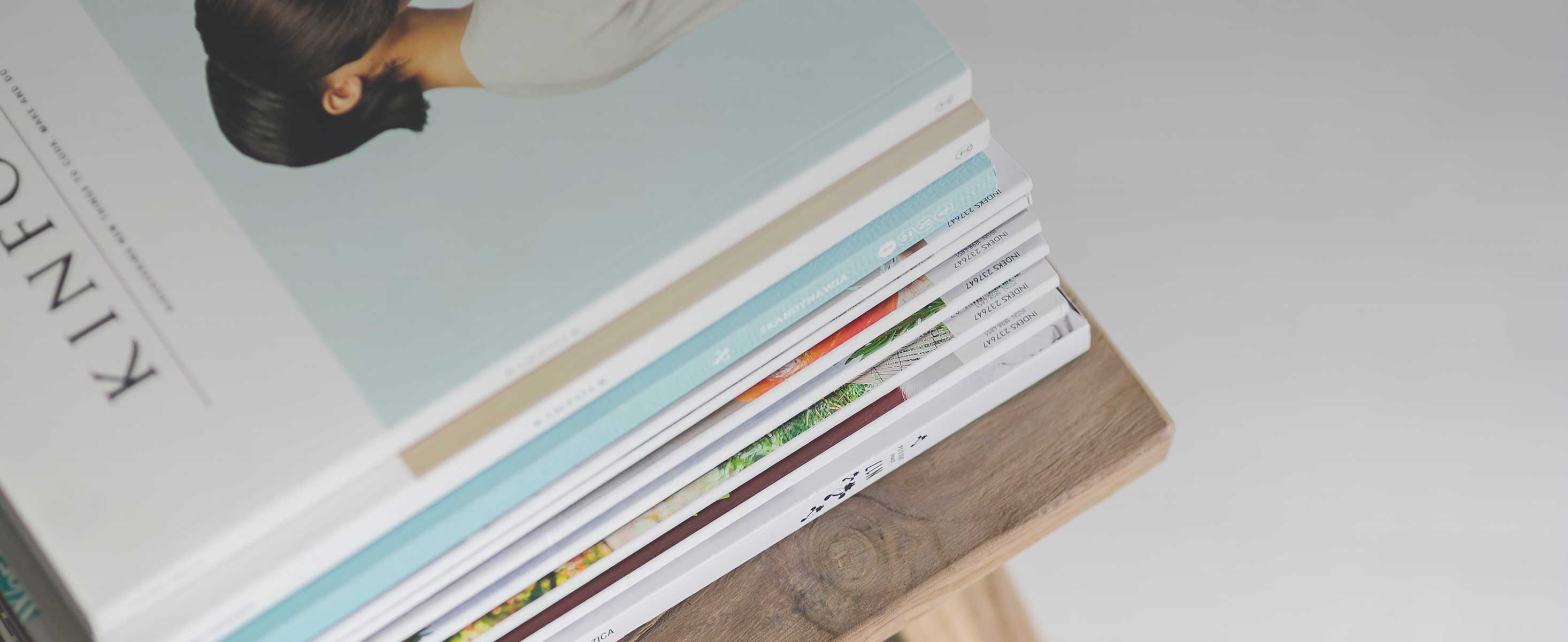
2 minute read
From Monks to Mills: A History of Darley Abbey
From Monks to Mills: A History of Darley Abbey
The history of Darley Abbey first begins with St. Mary’s monastery built in 1146. It was founded by Robert Ferrers, who was the second Earl of Derby in 1154. Over the next 300 years it gained more land and gifts. It was worth more than £200 per annum but was subsequently sold off to Dr Leigh who then proceeded to sell the granges, harvest, and livestock from the nearby farms. The monks received a pension, and in 1541 the site of the Abbey was granted to Sir William West who built himself a house nearby.
Advertisement
The history of Darley Abbey first begins with St. Mary’s monastery built in 1146. It was founded by Robert Ferrers, who was the second Earl of Derby in 1154. Over the next 300 years it gained more land and gifts. It was worth more than £200 per annum but was subsequently sold off to Dr Leigh who then proceeded to sell the granges, harvest, and livestock from the nearby farms. The monks received a pension, and in 1541 the site of the Abbey was granted to Sir William West who built himself a house nearby.
During recent evacuations there is evidence of three medieval wars and a pavement. However, it is now a public house, yet many visitors may still view the tapestry hanging at the front of the interior and framed pictures adorning the walls to show glimpses of it’s historic past.
By the 1700’s Darley Abbey was changing its landscape to become part of the industrial revolution. Indeed, Thomas Evans built Boar’s Head
cotton mill on the east banks of the river. He was a banker and cotton manufacturer who developed a community of cotton mill workers. He had a generous spirit and built work houses, a village playing green, including St. Matthew’s church and school which still exists today. Furthermore, to ensure they had fresh provisions, he also built two farms to ensure that his workers were well looked after.
There was also another cotton manufacturer named Sir Thomas Arkwright. He created an industrial hamlet with fulling and corn mills as well as a forge. Around the 1770’s they acquired five water mills including a paper mill, a corn mill, two flint mills (used for porcelain production) and a leather mill located on the West Bank of the River Derwent.
However, it’s Darley Park which still remains today that attracts many visitors per year. It is known for its picturesque beauty where many dog walkers roam freely and families enjoying
a summer picnic might be found. There are also people playing tennis and football here, or children feeding the ducks in the river. For some light refreshments there is The Papermill pub located near the East River.
There is also Derby Rugby club which was the old water mill. It has been noted that there is also many different species of trees including a Purple Japanese maple, Tibetan cherry, Fern leafed beech, Sweet chestnut and Golden Lawson’s cypress. Indeed there are around 26 different species according to the Derby Ramblers club who take part in the nature trails around Darley Park.
It’s easy to see why Darley Abbey remains a popular tourist attraction and will continue to do so for many years to come.
Sources:
www.historicengland.org.uk www.thehistoryjar.com www.derbyshire-peakdistrict.co.uk www.derbyramblers.org.uk Derwent Valley Mills Video [Online]
Written by: Tahnee Wadforth ©






